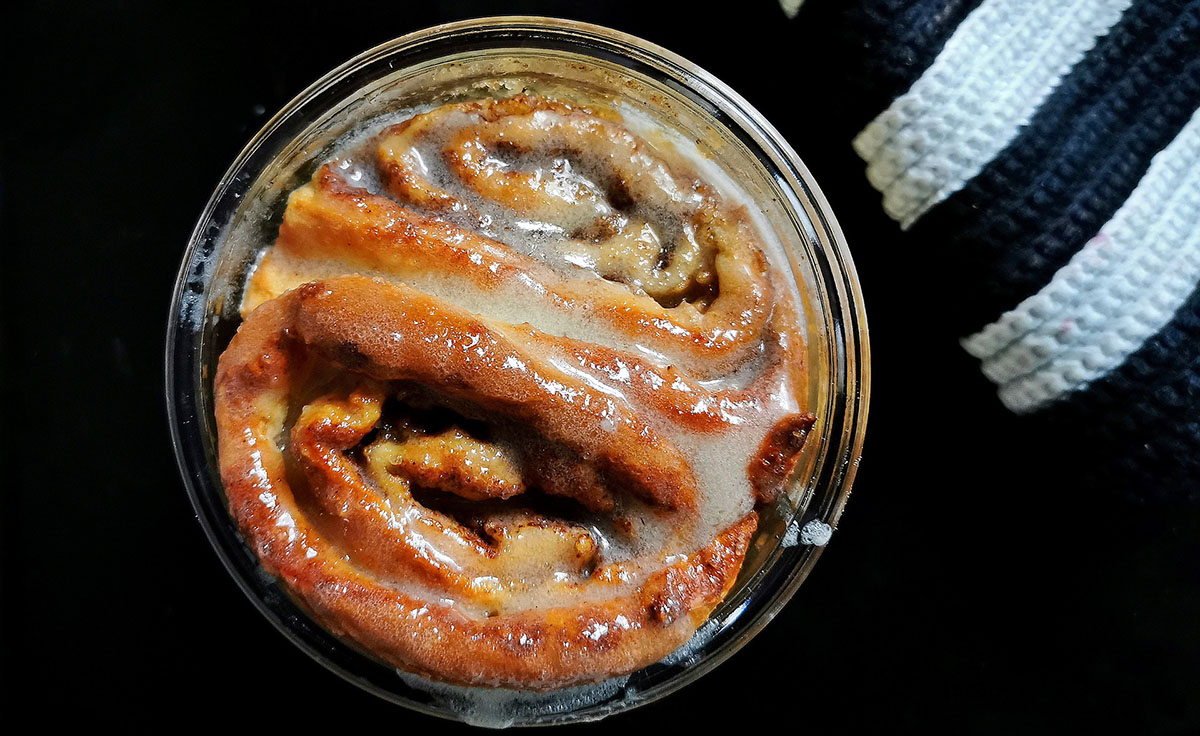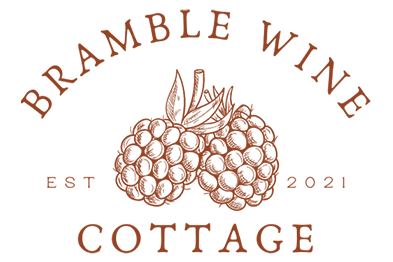There is a huge amount of bad canning advice on the internet these days. I’ll help you navigate the sea of information so you can avoid these common canning mistakes.

If you’re new to canning (or puttin’ by as my grandma used to say), it can be a little hard to navigate the conflicting information that you find on the internet these days.
There is lots of bad information out there and I believe it’s really important, especially for new canners, that you have accurate information about what is and what is not safe to do.
And since I want you to love canning like I do, I want to help you separate the good from the bad.
So, I have compiled a list of common canning mistakes that I’ve found frequently online that can actually be dangerous.
I want you to be safe my friend!
So let’s just dive right in, shall we?
#1. Not Adjusting Processing Time or Pressure for Your Altitude
There are so many canning recipes out there that don’t give you a reminder to adjust the processing for your altitude.
And newer canners may not even know that’s a thing!
The reality is that all canning recipes are written for processing at sea level. If you love at a higher elevation than that, which about 2/3 of y’all do, you must make adjustments for your food to be safe.
You can find your elevation by going to this website here: Free Map Tools. Just plug in your address and it will tell you what it is.
Now you need and Altitude Adjustment Chart. Follow that link and you will take you straight to one here on my site.
#2. Using a Waterbath Canner for Low Acid Foods
Waterbath canning is only safe for high acid foods like fruits and berries, and salsa and pickles.
Non-pickled vegetables, meat, fish, and poultry MUST be processed in a pressure canner.
It is simply not safe to process them any other way!

#3 You Cannot Safety Can Baked Goods!
No matter what anyone online tells you, there is absolutely no way to safely can a cake or brownie or any other baked something at home.
Home canning equipment could never reach the temperature needed to make that safe.
And botulism is not something to mess around with!
You can go to the Utah State University Extension website for more information about this topic.

#4 Oven Canning is NOT a Safe Way to Can Things
You see oven canning all over the internet these days.
People will tell you it’s a great way to store grains and stuff.
There are several things wrong with this.
First of all, canning jars are made to withstand a wet heat, surrounded by steam or water.
The manufacturers of canning jars specifically state that they should not be put into the oven.
Because they could explode. Yikes!
Can you image trying to clean up a bunch of shattered glass out of your oven??
And that’s another reason to not bake in them as well!
The second thing that’s wrong with this process is that there isn’t a way to heat the contents of the jar to a high enough temperature inside a jar inside the oven to kill all the bacteria in it.
But because you are heating it and then the lid seals as is cools off and forms a vacuum.
If there was any moisture in whatever is in the jar, you’ve now released it, warmed it up, and sealed it in.
Perfect conditions for mold and bacteria growth!
So just say no to oven canning!
#5 If You Can Get it in a Can from the Store, You Can Can it at Home
This one scares me a lot.
That information is completely false! There are things that simply cannot be processed safely at home.
For the most up to date canning safely guidelines, always go to the USDA’s National Center for Home Food Preservation website.
Home canning equipment can’t reach the temperatures necessary to safely can things like milk or cheese.
You will see it on the web, but please don’t do it!

#6 Using Jars that Aren’t Made for Canning
The only jars you should ever use for canning are ones made specifically for home canning.
Canning jars that are available in the US are mostly made by Jarden and go by the brand names Kerr and Ball. You can sometimes find the Golden Harvest brand as well (which is part of the Ball brand).
They are standard sizes so the contents are heated to the proper temperature for safe canning.
So just go ahead and toss all of those old mayo jars you’ve been holding on to. You’re not gonna need ’em. 🙂
#7 Re-using One Time Use Lids
There are 2 types of canning lids regularly available to home canners in the US.
We have the Tattler reusable lids and we have the more common and much less expensive one time use lids.
Some online sources will tell you that it’s perfectly fine to reuse the one time use lids.
But they would be wrong.
These lids are specifically made to be used only one time.
You will never know if you have gotten a good seal until much later when you go to get something out of the pantry and it’s all nasty and gross because the seal failed.
It’s so much cheaper to buy new lids than to waste all that food!
So don’t fall for that, mmmkay? 🙂

#8 Not Restarting Your Processing Time When Necessary
Canning recipes are developed with specific times and specific pressures. It’s all science-y that way.
It is really important that the heat and/or pressure is continuous for the entire length of time you are supposed to process the food.
So if you lose the boil on your waterbath canner, you must bring it back to a boil and restart your processing time.
Same with your pressure canner. If your pressure goes below the required amount when you are pressure canning, you must bring it back up to the proper pressure and restart your time.
If things are not held at the correct temperature or pressure for the correct length of time, they just aren’t safe!
#9 Inventing Waterbath Canning Recipes
Tested recipes for waterbath canning are developed to make sure that the contents of you jar have a specific acidity level.
Only high acid foods can be processed in a waterbath canner.
If you fiddle with the ingredients, there’s a chance that the finished product won’t be acidic enough to be safe.
Moral of the story: If you gotta fiddle (like I do), pressure can it!

#10 Open Kettle Canning
Open kettle canning was the way people used to process jams and jellies and things like pickle relish.
They would simply put the boiling product in the jars, put the lids on, and turn them over.
The theory was that if the product was boiling when you put it in the jars, it would sterilize the lids when you flipped it over.
And if it’s hot enough, that will happen.
But because the air isn’t forced out of the jar like it is when it’s processed in a canner, a strong vacuum isn’t formed to suck the lid down to create an air tight seal.
People didn’t used to get too excited about mold on the top of the jams and jellies.
I remember Mom and Grandma just scraping it off the top and using it anyway.
Nowadays we know that mold actually starts below the surface. So if there is visible mold on the top, it’s got tendrils all through the stuff.
So please! Don’t scrape mold off and eat it anyway!
And always waterbath your jams and jellies!
Alrighty y’all.
That is my top 10 list of common canning mistakes.
Don’t do any of those things and you should be good to go.
For more information and tested recipes, check out my eBooks, The Basics of Waterbath Canning, and The Basics of Pressure Canning.
And if you are ever in doubt about a recipe or which canning method to use, you should check out The National Center for Home Food Preservation website.
They will keep you on the straight and narrow!
Blessings!
